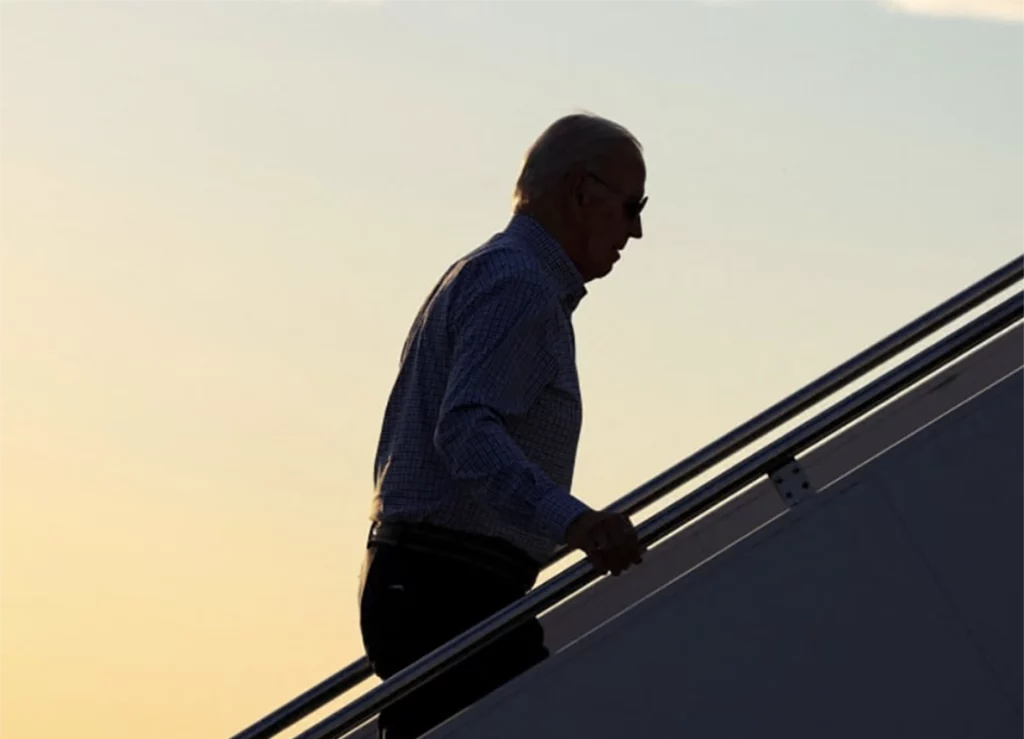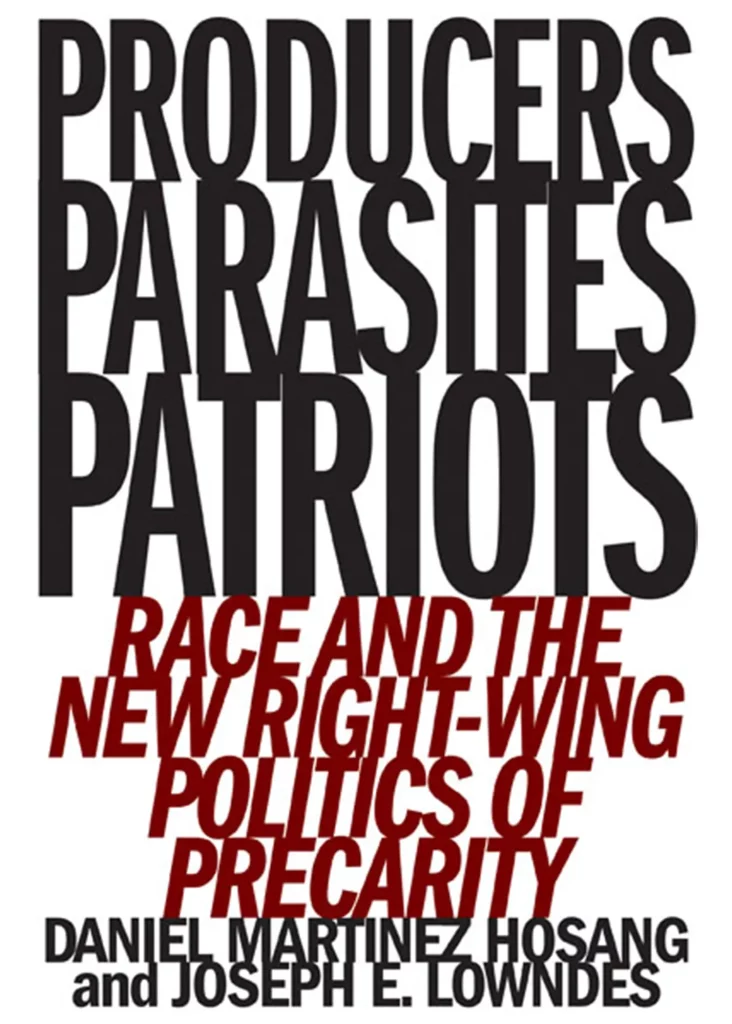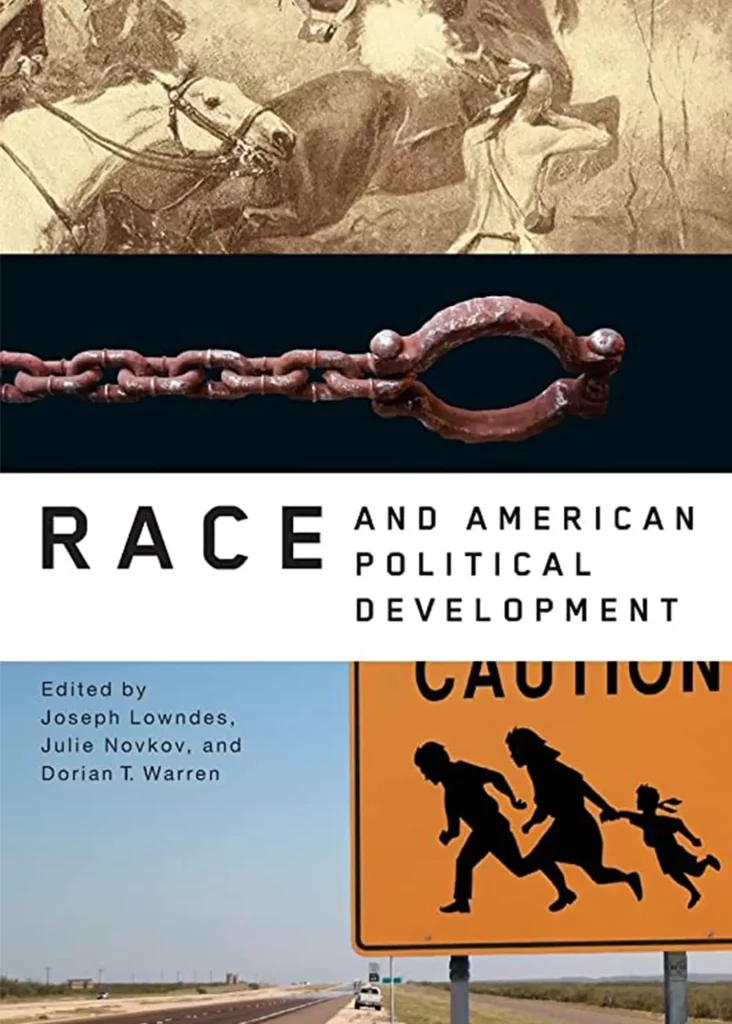Concerns over Joe Biden’s fitness to stand for election turned into full-blown panic after his senescent debate performance against Donald Trump last week. A steadily-growing number of Democratic Party leaders, along with the New York Times Editorial Board, has called on him to step aside. Meanwhile, other elected Democratic officials have vociferously defended him.
Although the Democratic Party now finds itself in a historic crisis, it is critical to note that voters have long shown deep concern about Biden’s age, health, and mental acuity. In his 2020 presidential campaign, Biden had to convince voters that he was up to the task as the oldest presidential candidate in history. In 2022 a Times/Sienna poll found that 61 percent of self-identified Democrats wanted someone other than Biden to be the presidential nominee because of his age. Polling last summer showed that 69 percent of Democrats thought Biden too old to be effective for another four years. Surveys so far in 2024 have consistently found that a majority of Democrats still think Biden is too old to be president.
Anxiety about the president’s age suggest something more than the simple question of whether he can carry out the tasks of the office. Beyond the formal powers and duties laid down in the Constitution, presidential authority depends on the degree to which incumbents can credibly claim to embody national identity in ways that go beyond stated political objectives. Presidents don’t merely act as signifiers through their policies, philosophies, or partisan alignments. Presidential authority is lodged in – and articulated through – bodies. Questions about Biden’s age are questions about the strength, energy, and capacity not just of the candidate, but of the party, and of the nation itself.
The American head of state was modeled in part on the British monarchy, a form of sovereignty given political clarity and coherencethrough the medieval political theological concept of the king as the embodiment of the realm as political theorist Ernst Kantorowicz first demonstrated. As the English crown jurist Edmund Plowden wrote in 1571, “the King has in him two Bodies, viz., a Body natural, and a Body politic. His Body natural…is a Body mortal…But his Body politic is a Body that cannot be seen or handled . . . constituted for the Direction of the People, and the Management of the public weal.”
While the language of the king’s two bodies has dropped out of modern political discourse, the distinction it forged has become a commonsense way of understanding the difference between governing executives and a polity based on the rule of law. Indeed, as political theorist Michael Rogin argued in his extraordinary book, Ronald Reagan: the Movie, the notion of the king’s two bodies can also blur the distinction between rulers and ruled – at least in the case of the American presidency. As I have written elsewhere, corporeal understandings of the presidency have been key to the political triumphs and failures of figures as varied as Andrew Jackson, Abraham Lincoln, Franklin Delano Roosevelt, and Barack Obama.
There was much debate at the American founding about the nature and purpose of representation. In his 1776 pamphlet, Thoughts on Government, Applicable to the Present State of the American Colonies John Adams asserted that a representative assembly “should be in miniature an exact portrait of the people at large. It should think, feel, reason, and act like them.” The image of representative as “the people signified” visually came to animate popular understandings of the presidency, as the choosing of that office became more democratized, and as arguments were made for the president as the symbol of the national body.
The objective power and subjective meanings of the presidency have changed dramatically over time, as have the media through which their projections of self are conducted and contested. Stephen Skoworonek has shown how the presidency has developed over time from a patrician era when leadership was based on reputation among a small group of national elites to a plebiscitary era characterized by a greater emphasis on direct political relationshipswith the public. Jeffrey Tulis has traced the development of the presidency from an office whose inhabitants rarely engaged in oration to one where public address has become a fundamental aspect of leadership.
Yet for all the ways that presidential power has expanded and changed in terms of its relation to other institutions, since the founding presidential power has been linked to the president’s role as signifier for a specific vision of national identity. As Anne Norton wrote, “the President represents, in an instance of official multivocality, the nation, the government, the executive branch, and (as Tocqueville observes) the triumphant party.”
Biden’s age worked partly in his favor when he ran in 2020. Then, he campaigned as a steadying force, someone with the experience and wisdom to stop the chaotic assault on liberal democratic norms wrought by Trump, to productively address the racial crisis set off by the police murders of George Floyd and Breanna Taylor in the summer of 2020, and to heal a nation still in the throes of the aftermath of the Covid 19 pandemic. Again, it was not necessarily specific policy proposals that Biden offered in these areas as much as a symbolic performance of common sense, shared values, well-honed competence, and the promise of what he called “decency.” Yet even then he only was able to play to these qualities by acknowledging the realities of his advanced age. As he said at a rally in March 2020, “Look, I view myself as a bridge, not as anything else,” Biden said. “There’s an entire generation of leaders you saw stand behind me. They are the future of this country.”
But Biden’s task is different now. He is an incumbent who has framed his campaign as a vigorous final defense of democracy itself against an authoritarian threat. And like any incumbent, he must also defend himself against charges of responsibility for things that have gone wrong during his tenure, and promise to make things better, and meet new challenges in a second term.
The Democratic Party is faced with a brutal dilemma. Democrats will have an incredibly difficult time winning in November unless Biden relents and steps down. Biden has not only divided party elites, but by mischaracterizing concerns about his candidacy as those of “elite critics,” he has pitted himself against a majority of Democratic voters as well. As such his age and growing neurological challenges are obstacles that symbolize to growing segments of the electorate something about the party leadership’s inability to be nimble, to adapt, to take risks, and to find swift, bold and creative responses to the terrible threats that now stalk us.
Related
Discover more from Joe Lowndes
Subscribe to get the latest posts sent to your email.



